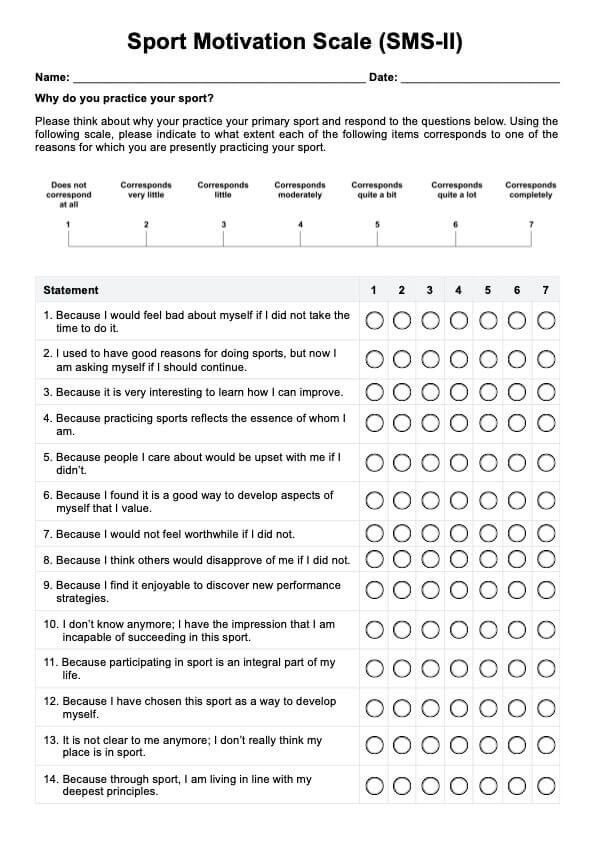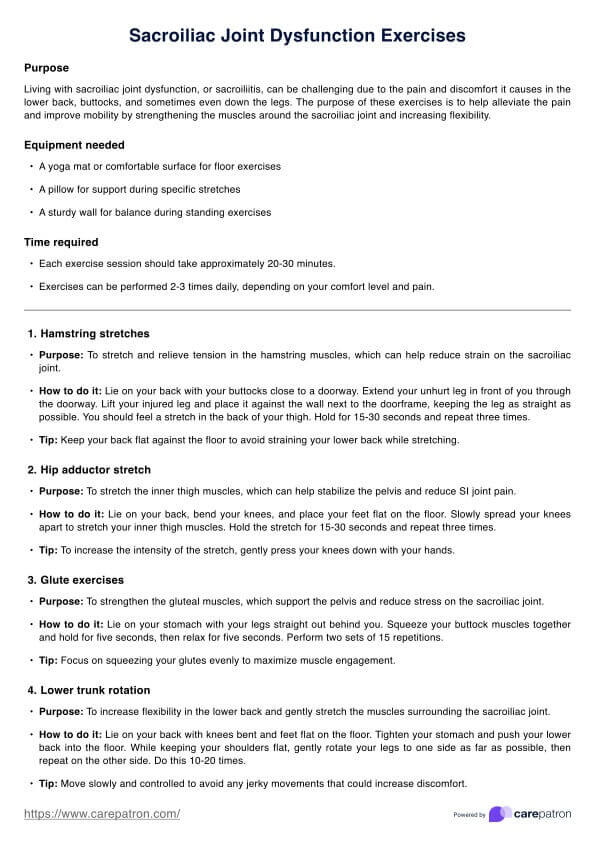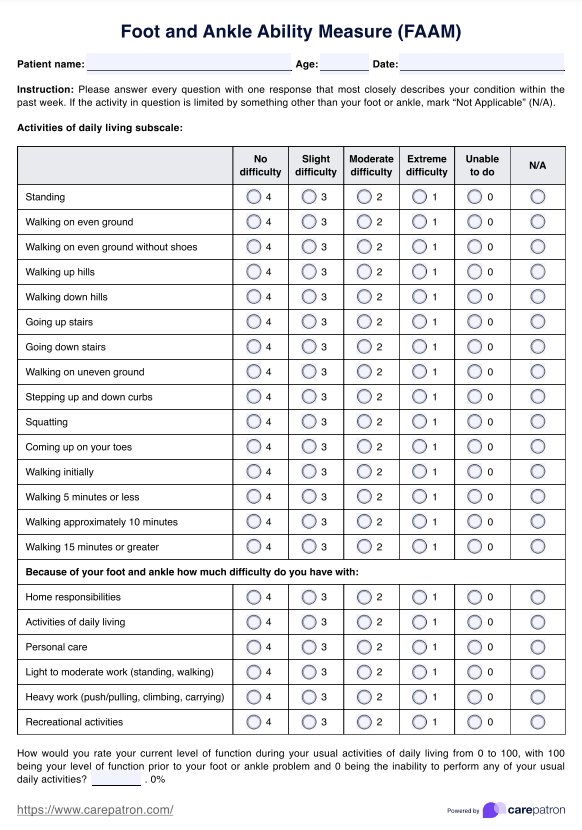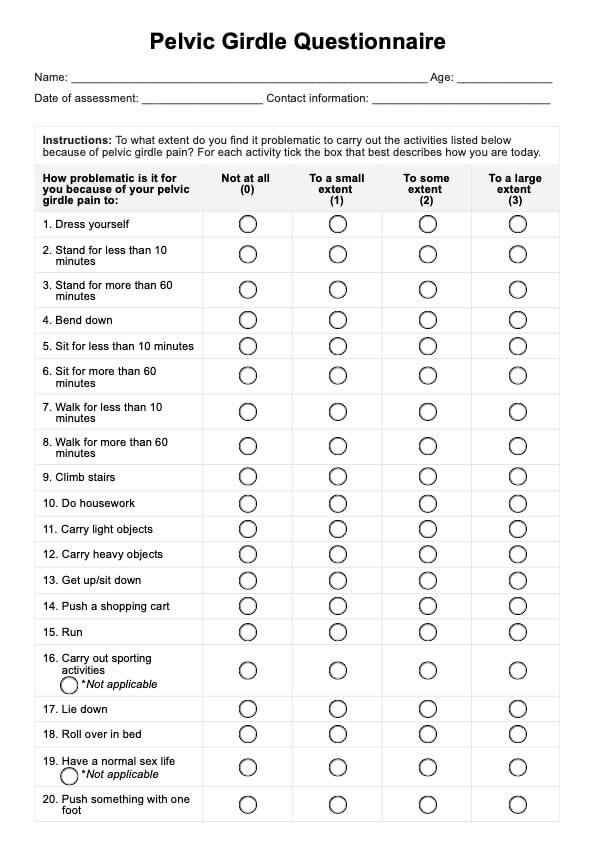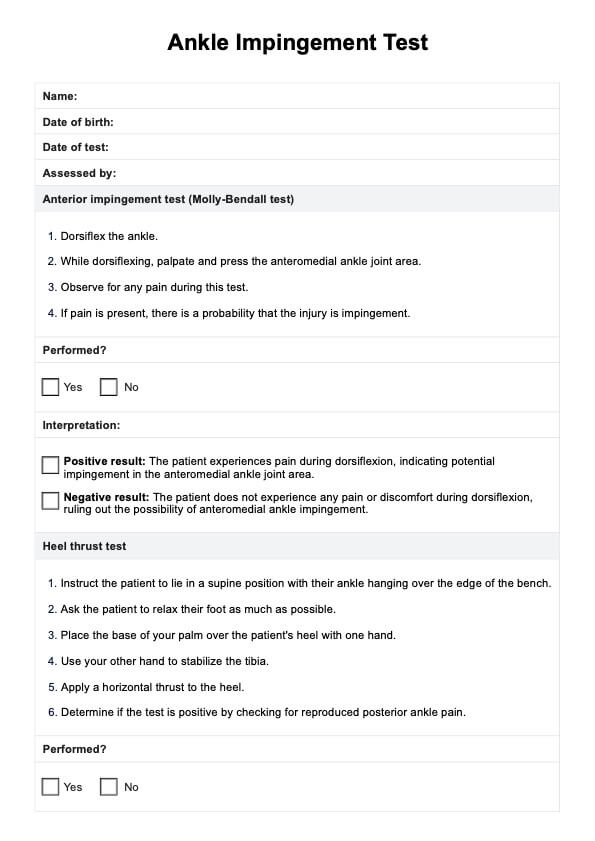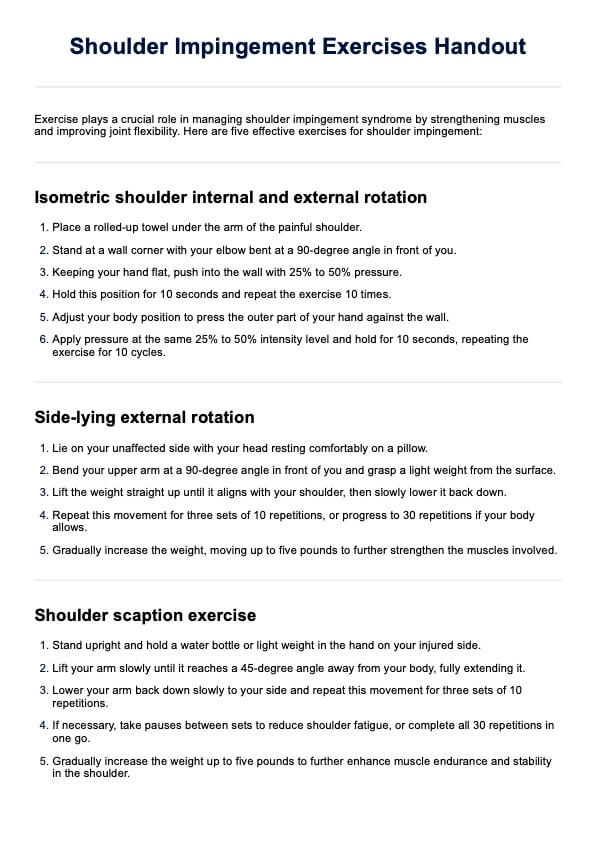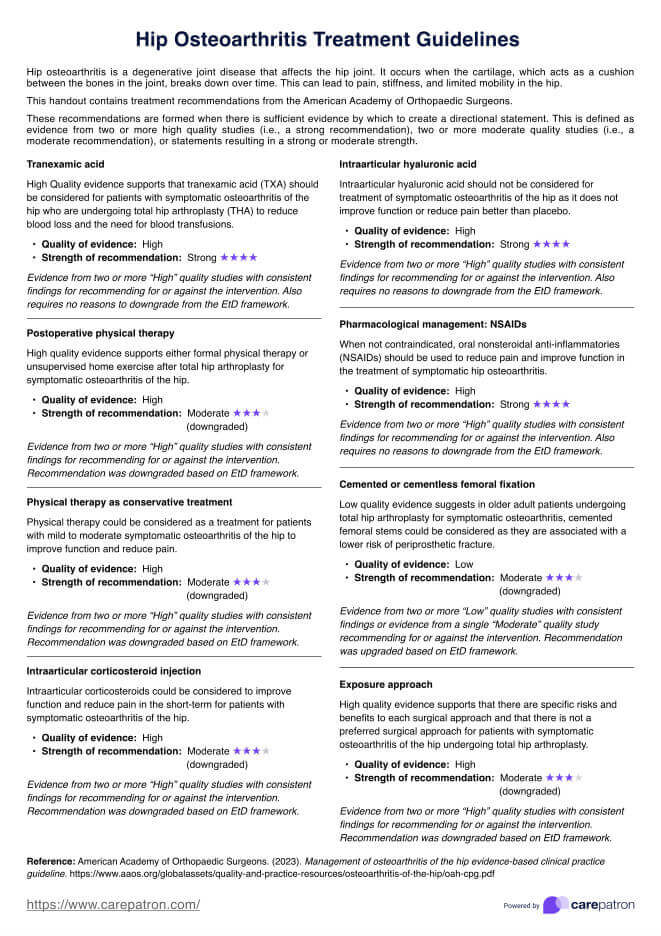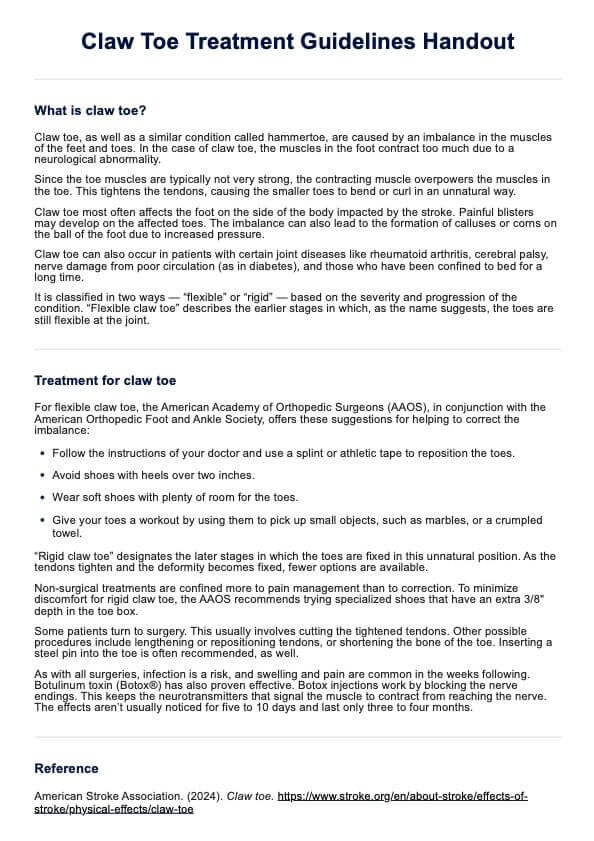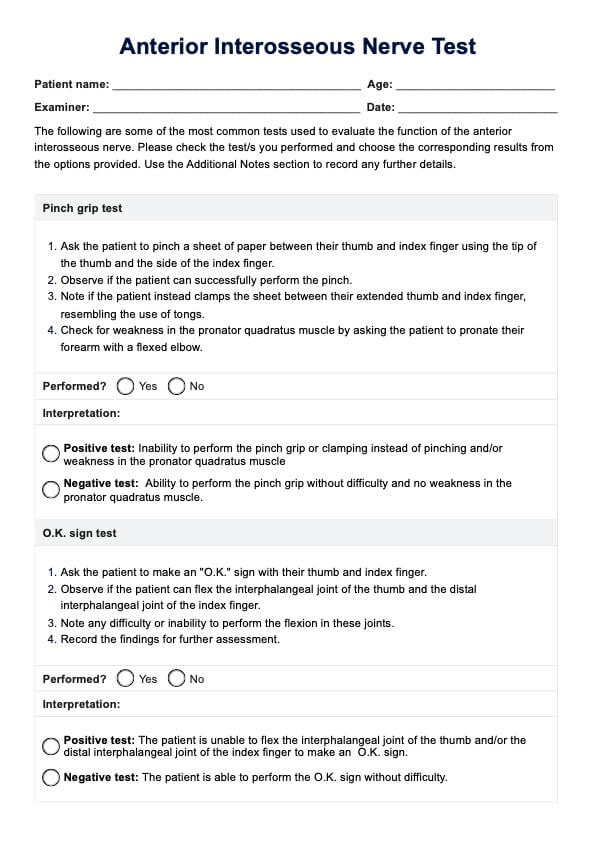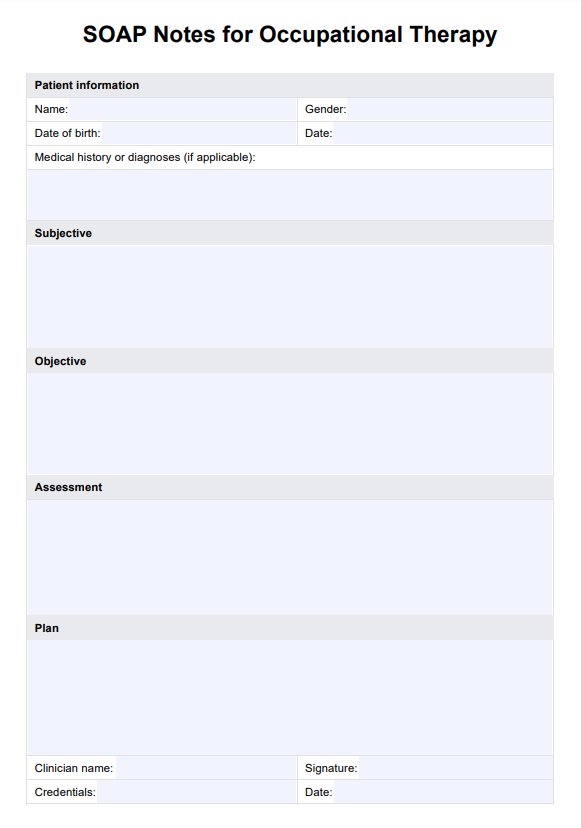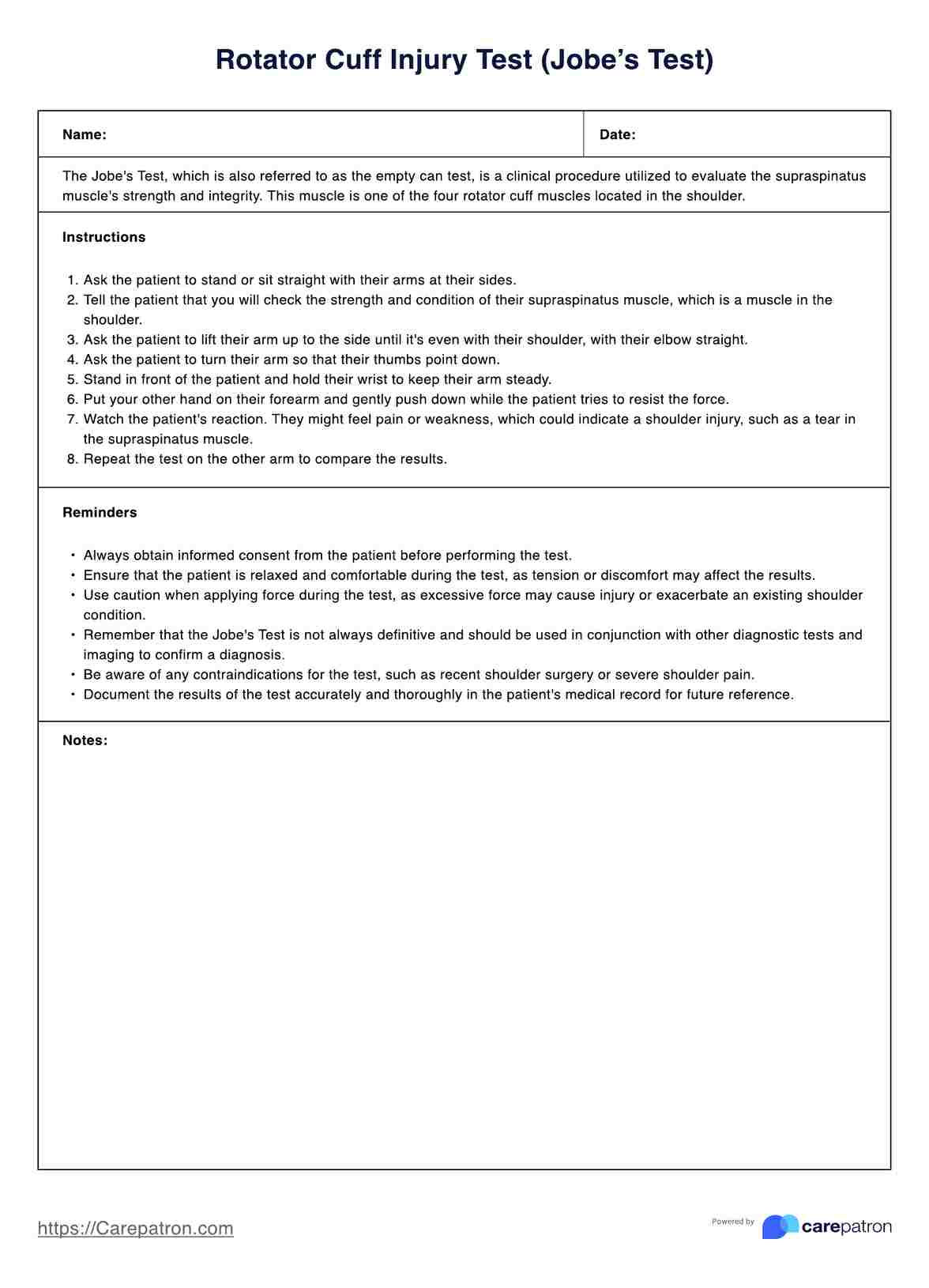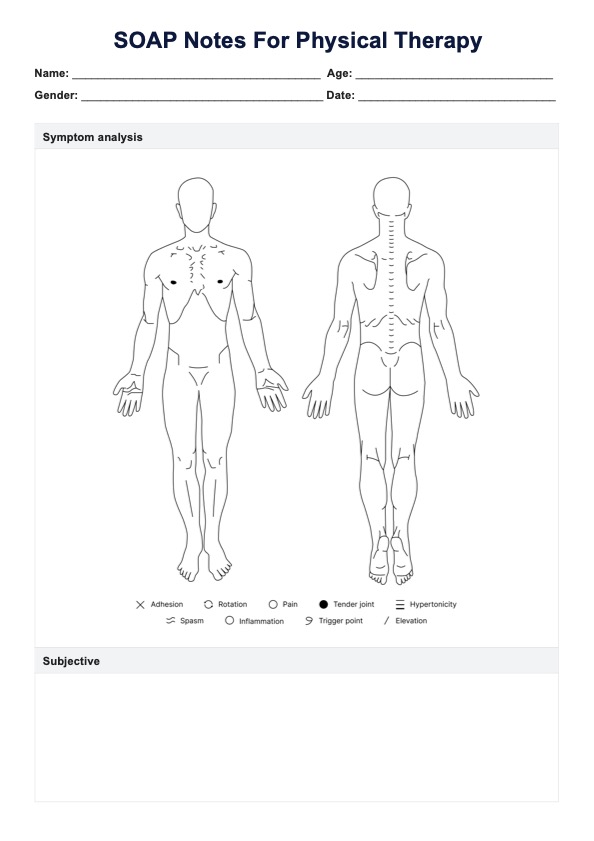Elson Test
Check if your patient has a central slip injury using an Elson Test. Use our free template on how to do it.


What is an Elson Test?
The Elson Test, first described by Dr. R.A. Elson in 1986, is a diagnostic tool used by healthcare professionals to detect closed central slip injuries of the extensor tendon. It is particularly useful for identifying early-stage damage to the extensor mechanism before a Boutonniere Deformity develops. The Boutonniere Deformity occurs when a central slip injury causes the middle phalanx of the finger to bend excessively while the distal interphalangeal joint remains hyperextended, a classic sign of extensor tendon injuries.
The Elson Test works by assessing the integrity of the extensor tendon at the proximal interphalangeal joint (PIP). If a central slip transection has occurred, the intact lateral bands may compensate, leading to characteristic signs that the test can reveal. The Modified Elson Test is a variation that allows for a side-by-side comparison of the affected finger with a healthy finger.
By conducting the Elson Test, practitioners can detect extensor tendon injuries early, enabling timely extensor tendon repair and preventing the development of more severe conditions like the Boutonniere Deformity.
Elson Test Template
Elson Test Example
How does this Elson's Test Work?
Our free Elson Test template is quick and easy to use. Follow these steps to get started:
Step 1: Access the template
Access the template by clicking the “Use template button,” which opens the template on the Carepatron app. On the app, you can customize it before filling it out or printing it. You can also press “Download” to save a non-customizable PDF that you can still fill out digitally or print out.
Step 2: Conduct the test
Follow the procedures outlined in the template for the Elson Test. The template also contains the Modified Elson's Test. These tests require an active extension force against resistance. The template contains images that will guide you on the proper positioning and execution of the tests. In the Elson Test, the patient's PIP is placed at 90 degrees over the edge of a surface, and resistance is applied to the middle phalanx while the patient attempts to extend the PIP against it.
Step 3: Use the insight from the results
Once the test is completed, assess whether the patient exerted strong tension at the PIP joint and whether the DIP remained folded. Discuss the results with the patient, especially if the findings suggest a positive test, which may indicate the need for further testing or extensor tendon repair. You can then use these insights to form a plan for the next steps, such as rehabilitation or additional diagnostic evaluations.
When to use this Elson assessment?
You can use the Elson assessment when a patient expresses concerns about pain located in any of their fingers. In addition, you may also consider administering this test if a patient experiences the following:
- Cannot entirely and actively extend the proximal interphalangeal (PIP) joint
- Swollen, tender, or painful PIP joint
- Forming of the boutonniere deformity
- Rheumatoid arthritis
If your patient suffered injuries that could potentially lead to a central slip damage, like the ones below, you can use this test, too:
- A hard fall wherein a straightened finger impacts tip-first against the ground or a flat surface, causing to push inward into the hand\
- A deep cut on the proximal interphalangeal (PIP) joint
- A dislocation of a fracture
Next steps after a positive Elson Test
A positive Elson Test indicates a potential central slip injury or other damage to the extensor tendon. Once you've identified a positive test, it's important to follow up with additional steps to confirm the diagnosis and plan for treatment.
Further diagnostic testing
After a positive Elson Test, additional provocative tests or imaging studies such as X-rays or ultrasound may be needed to confirm the extent of the central slip injury or any other associated extensor tendon injuries. These evaluations will help clarify whether surgery or non-surgical treatment is appropriate.
Extensor tendon repair
If a positive test strongly suggests significant damage, such as a central slip transection, extensor tendon repair might be necessary. This surgical procedure can restore the function of the tendon and prevent long-term complications like a boutonniere deformity. Early intervention increases the chances of a successful outcome.
Non-surgical treatment
In some cases, the injury may not require surgery. Non-surgical management can include splinting, physical therapy, or rehabilitation to improve mobility and strength in the affected finger. This approach is often used for closed central slip injuries that are less severe.
Rehabilitation and recovery
Following either surgery or non-surgical treatment, rehabilitation is crucial to restore full function. Physical therapy, including specific exercises to strengthen the extensor mechanism, can help the patient regain mobility and prevent further issues in the middle phalanx and distal interphalangeal joint.
Benefits of our free Elson Test template
The Elson Test is commonly used for several reasons; here's why.
Quick to administer
The Elson test is short and will only require a few minutes of your and your patient's time. Its very nature makes it a test that's quick to administer and even quicker to produce results for further testing.
Written records
The template allows you to keep documents of the results. This will also reduce the need for other practitioners to frequently seek your guidance regarding the rationale behind your decisions or diagnoses.
Fully digital
Our template is fully digital which means you can edit and access the document on Carepatron or any local PDF editor on any of the gadgets you have on hand. Moreover, you can store it on Carepatron and give limited viewing access to relevant parties.
Commonly asked questions
You can test for a boutonniere deformity by checking the patient's ability to extend their proximal interphalangeal (PIP) joint while the distal interphalangeal joint (DIP) remains in a flexed position. A positive Elson test is a key method for identifying early signs of this deformity.
The Elson Test is a common special test for detecting extensor tendon injuries, particularly central slip injuries. It assesses the patient's ability to extend the PIP joint while providing resistance to the middle phalanx.
A positive Elson test occurs when the patient is unable to exert strong tension at the PIP joint, and the distal interphalangeal joint (DIP) extends or hyperextends. This indicates a possible central slip injury or damage to the extensor tendon.




















